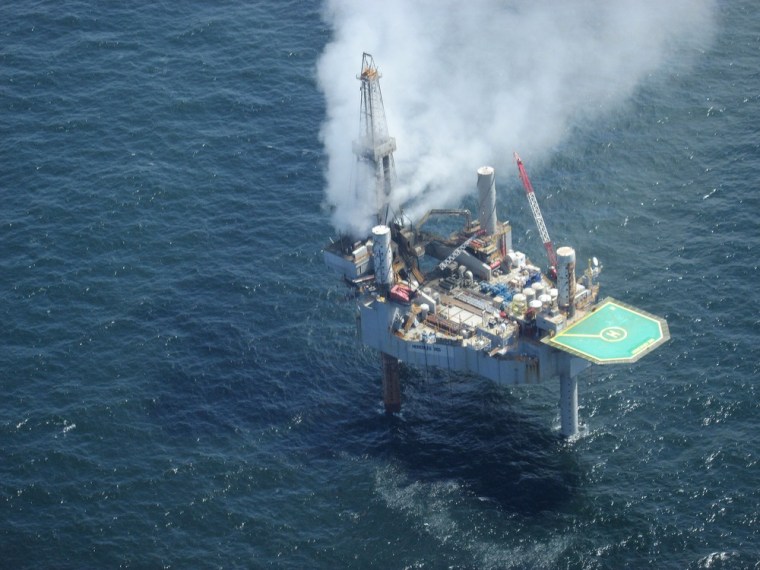NEW ORLEANS — Natural gas flowed uncontrolled from a well off the Louisiana coast on Tuesday after a blowout that forced the evacuation of 47 workers aboard a drilling rig, authorities said.
No injuries or fires were reported. The federal Bureau of Safety and Environmental Enforcement said inspectors flying over the site Tuesday saw a light sheen covering an area about a half-mile by 50 feet. However, it was dissipating quickly.
The bureau says the blowout happened about 55 miles offshore.
Earlier this month, a gas well flowed for several days before being sealed off the Louisiana coast.
In 2010, an oil rig exploded off the state's coast, leading to a blowout that spewed millions of gallons of oil into the Gulf of Mexico in the worst offshore disaster in the United States.
Tuesday's blowout occurred near an unmanned offshore gas platform that was not currently producing natural gas, said Aileen Angelico, spokeswoman for the bureau. The workers were aboard a portable drilling rig known as a jackup rig, operated by Hercules Offshore. Hercules said in a news release that it was operating the rig for Walter Oil & Gas Corp.
Walter Oil & Gas reported to the BSEE that the rig was completing a "sidetrack well" — a means of re-entering the original well bore, Angelico said.
The purpose of the sidetrack well in this instance was not immediately clear. Industry websites say sidetrack wells are sometimes drilled to remedy a problem with the existing well bore.
"It's a way to overcome an engineering problem with the original well," Ken Medlock, an energy expert at Rice University's Baker Institute said. "They're not drilled all the time, but it's not new."
A woman who answered the phone at Walter Oil & Gas in Houston said company officials would provide information later.
